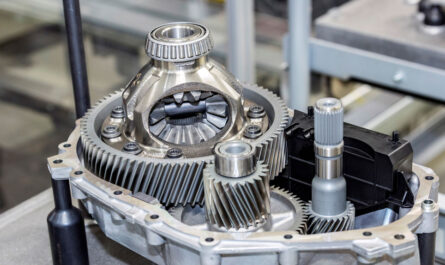With traffic getting busier on the roads each passing day, safety has become a major concern while driving. Vehicle cameras provide an extra set of eyes to the driver to help improve safety on the roads. In this article, we will discuss the various types of vehicle cameras available in the market today, their uses and benefits.
Dashboard Cameras
Dashboard cameras, also known as dash cams, are one of the most popular type of vehicle cameras used today. Mounted on the front windshield facing outward, a dash cam continuously records the view through the front windscreen. Some key points about dash cams:
Usage: Dash cams are primarily used to record video footage of the road ahead in case of any accidents, collisions, traffic violations etc. The video acts as undeniable evidence that can help determine fault and liability in case of an insurance claim.
Features: Advanced dash cams come with GPS, WiFi connectivity options. They have loop recording capability which saves the latest footage by continuously recording over the oldest files. Many models have built-in G-sensors that detect collisions to lock the current video file from being overwritten.
Benefits: Dash Cam footage can help prove who was at fault in case of road accidents. It acts as a deterrent against false insurance claims and road rage incidents. The video evidence strengthens cases in traffic court and can help reduce insurance premiums over time.
Rear-View Cameras
While dash cams cover the frontal view, rear-view cameras provide visibility of the area behind the vehicle. They are useful for:
Back-up Cameras: Integrated into the vehicle as an OEM-fitted accessory or available as an aftermarket option, back-up cameras show the area behind the vehicle on the infotainment display while reversing. This helps avoid collisions with pedestrians or obstacles.
Cargo Cameras: Mounted in commercial vehicles and moving trucks to monitor cargo area from the front. Helps keep a track of goods and tackle cargo theft issues.
Interior Cameras
Unlike exterior-facing vehicle cameras, interior cameras monitor activity inside the vehicle cabin:
Baby Cameras: Fitted discreetly inside vehicle to monitor child passengers left in car seats. Sends alerts to smartphone if baby starts crying to avoid heat stroke issues.
Taxi/Rideshare Cameras: Installed openly facing inward in taxis and ride-hailing vehicles. Records conversations and faces of passengers for their protection and to deter inappropriate behavior by drivers.
Commercial Vehicle Cameras
Larger commercial vehicles like trucks, buses use cameras specifically tailored to their operation and monitoring needs:
360-Degree Cameras: Provides full 360-degree view all around the vehicle combining feeds from multiple cameras. Helps maneuver safely in tight spaces.
Side Cameras: Mounted on both sides to monitor blind spots not covered by rear-view or dash cameras. Helps safely change lanes or merge in heavy traffic.
Fleet Management Cameras: Records not just visuals but also geo-location, vehicle diagnostics, driver behavior for fleet operators to improve efficiency, road safety and reduce losses.
The use of various types of vehicle cameras is growing rapidly as they provide invaluable safety benefits. From preventing accidents to resolving insurance claims quickly, cameras add an extra layer of protection on the road. As technology advances, camera systems will become even more intelligent and integrated seamlessly into vehicles for safer mobility.
*Note:
1. Source: Coherent Market Insights, Public sources, Desk research
2. We have leveraged AI tools to mine information and compile it




